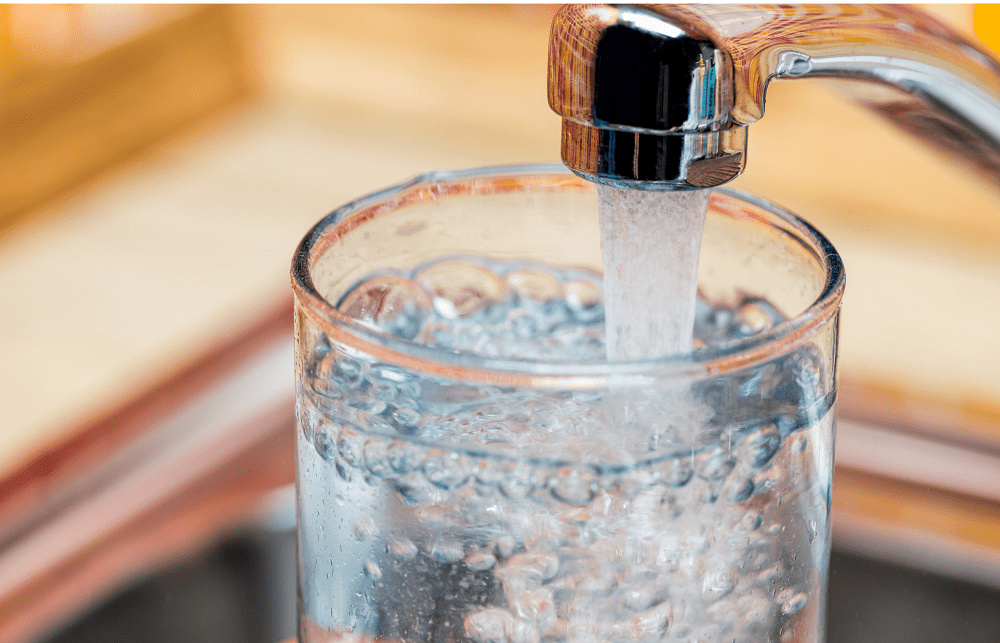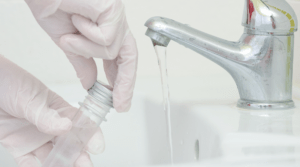Water is a basic necessity of life. Here in the Great Lakes region, it seems like water is everywhere—from big lakes, rivers and inland lakes, to the water flowing from our taps. But the sad news is that our drinking water sources are not always safe.
Lead contamination from old pipes, toxins from chemicals in the environment and toxins from harmful algal blooms are showing up in our drinking water and bottled water. How do you know if your water is safe to drink? You can’t taste, smell, or see lead, PFAS or many other chemicals, or toxicity from algae in your water. The only way to know for sure is to test your water.
Most States provide test kits for chemicals such as lead, nitrates, chlorides, and bacteria testing (e-coli) at a relatively low cost. If your water comes from a public supply you can still have your water tested for lead, PFAS, and other substances to know what is coming from your tap. Public supplies are required to publish annual water quality reports called consumer confidence reports and which are often available on the municipalities’ websites. These reports provide water quality information about the water before it is distributed through infrastructure (pipes).
Healthy people and communities require access to safe drinking water, that is why Freshwater Future has been working with leaders and communities to address threats such as lead contamination, PFAS and harmful algal blooms for years.




Copyright 2025 Freshwater Future. All Rights Reserved.